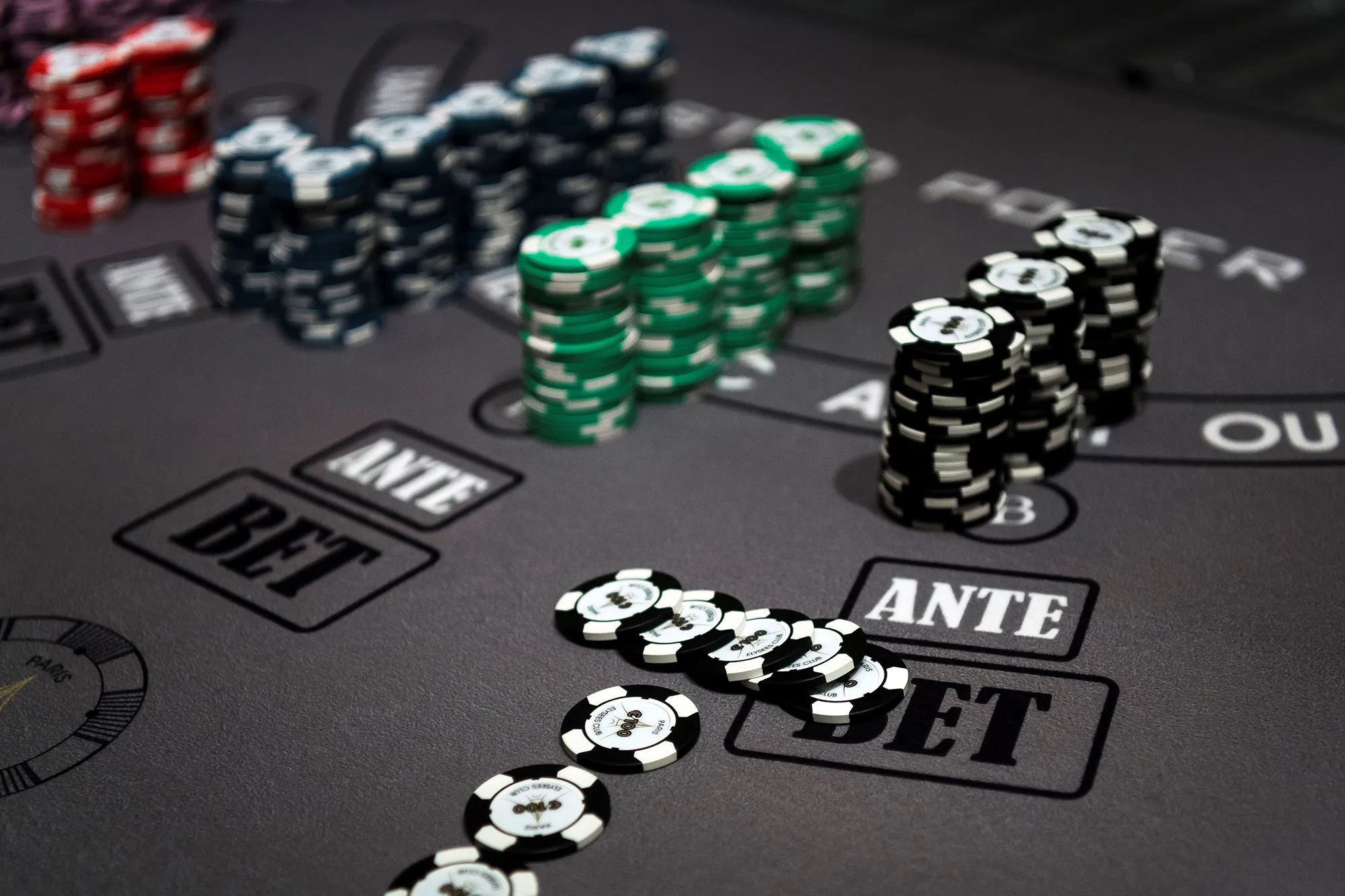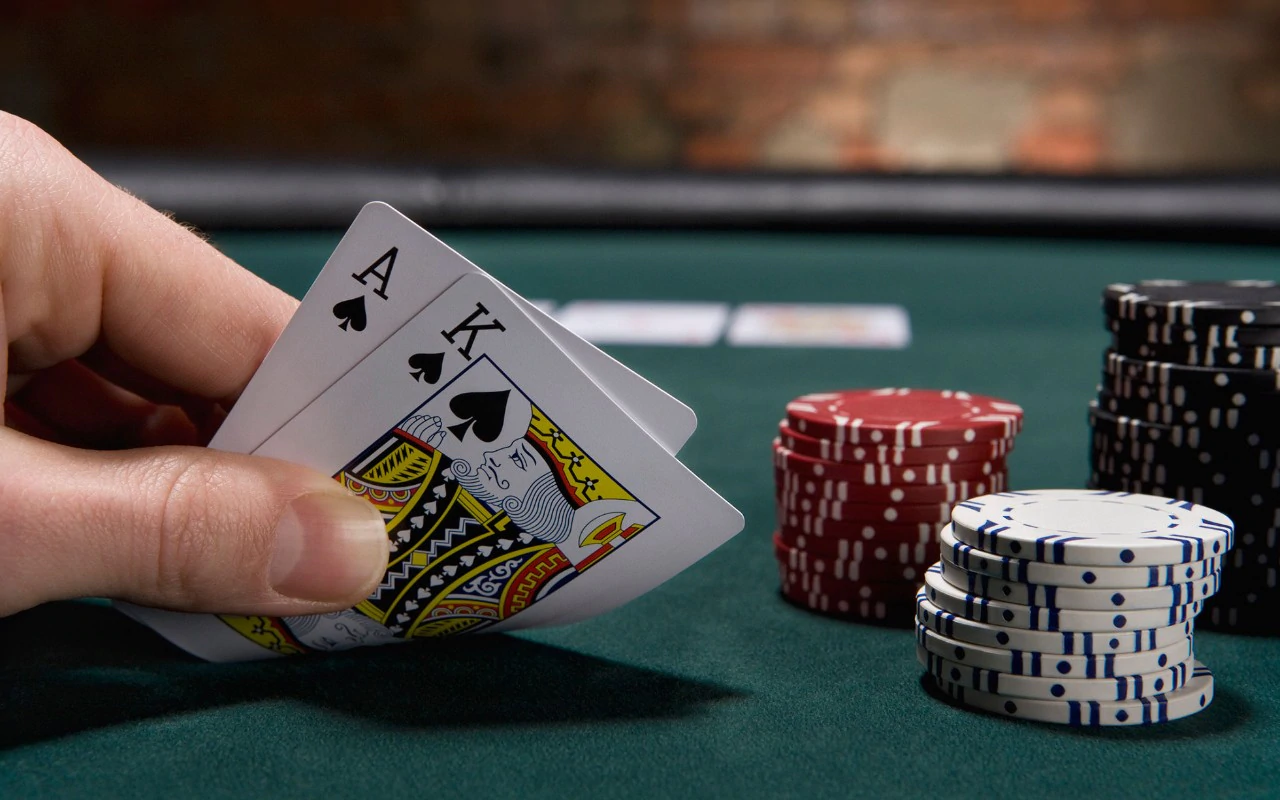You sit at the green felt table, your cards a secret. The pot is growing. Your opponent makes a sizable bet. Logic says they have a strong hand. But something in their posture, the slight hesitation, the way they stacked their chips… it feels weak. You call.
That decision, that gut feeling, isn’t just gambling. It’s a real-time experiment in behavioral economics. See, poker isn’t a game of pure chance. It’s a game of incomplete information and human decision-making. And behavioral economics—the study of why people make irrational financial choices—is the secret decoder ring for it all.
It’s Not Just About the Cards, It’s About the Cognitive Biases
At its core, behavioral economics challenges the old idea that humans are perfectly rational actors. We’re not. We’re messy, emotional, and predictably irrational. Poker players, honestly, have known this for over a century. They just called it “reading” someone.
Let’s dive into the mental traps that separate the amateurs from the pros.
The Sunk Cost Fallacy: Throwing Good Money After Bad
You’ve already put a lot of chips into the pot. You’re “pot-committed,” as they say. The flop was bad for you, but you feel you have to call one more bet, just to see if you can hit your miracle card on the river. After all, you’ve invested so much already.
Well, that’s the sunk cost fallacy in action. It’s the irrational urge to honor past investments, even when the future cost outweighs any potential benefit. A pro knows that the money in the pot is no longer theirs. It belongs to the pot. The only question is: based on the information now, is putting more money in a profitable decision? If not, you fold. It’s that simple, and that difficult.
Confirmation Bias: Seeing What You Want to See
You have Ace-King. A great hand. The flop comes 10-4-2. You’re convinced your opponent, who raised pre-flop, has a middle pair. You interpret every single one of their actions as a sign of weakness because you’re desperately looking for evidence that your Ace-King is still the best hand.
That’s confirmation bias. You’re seeking out information that confirms your pre-existing belief and ignoring all the signs that they might actually have a real monster. It’s a dangerous, expensive way to play.
Loss Aversion: The Pain of Losing vs. The Joy of Winning
Here’s a fundamental truth from behavioral economics: the pain of losing $100 is psychologically about twice as powerful as the pleasure of winning $100. In poker, this manifests as playing “scared money.”
You become too tight. You fold winning hands because you’re terrified of the sting of a loss. You avoid big bluffs because getting caught feels awful. This fear cripples your ability to make optimal, profitable plays. The best players understand that losing is part of the game; they’re focused on making the right decision, not avoiding the temporary feeling of a loss.
Exploiting Irrationality: The Poker Pro’s Playbook
So, how do winning players use this knowledge? They don’t just avoid their own biases; they actively look for and exploit them in others.
Think of it like this. You can spot a player suffering from the “endowment effect”—overvaluing their own hand simply because it’s theirs. They can’t let it go. You see this with players who fall in love with a suited connector or a small pocket pair. They’ll chase it to the river, regardless of the odds. Knowing this, you can bet more aggressively when the board looks scary, knowing they’re emotionally attached and will call you down with a weak hand.
Another common one? The availability heuristic. If a player just got bluffed in a big pot, that memory is fresh and “available.” For the next few hands, they’ll be much more likely to call you down lightly, expecting another bluff. A savvy player recognizes this shift in mindset and switches gears, only betting with strong value hands for a little while to get paid off.
Mental Models for a Clearer Mind
Okay, so we’re all biased. The trick is building mental habits to counteract them. Here are a few that top players use, almost instinctively.
- Think in Expected Value (EV): This is the cornerstone. Every decision at the table has a positive, negative, or neutral EV. It’s a cold, mathematical assessment of the long-term profitability of a play, divorced from the immediate emotional outcome. A play can be +EV and still lose this one time. That’s okay.
- Practice Metacognition: Basically, think about your thinking. Are you tilting because of a bad beat? Are you getting too aggressive because you’re on a heater? Constantly check your own mental state.
- Review Decisions, Not Results: This is huge. You made a great bluff that got called by a miracle card. The result was a loss. But the decision was correct. The reverse is also true—you can make a terrible call, get lucky, and win. Don’t let the result fool you into thinking it was a good play.
Beyond the Felt: What Poker Teaches Us About Life
The lessons here don’t end when you cash out your chips. The intersection of poker and behavioral economics is a masterclass in navigating an uncertain world.
In fact, making investment decisions? You’re battling loss aversion and the sunk cost fallacy. Negotiating a salary? You’re reading tells and managing information. Even planning your career is a game of incomplete information, where you must constantly reassess your “hand” based on new “cards” the market deals you.
The goal isn’t to become a perfectly rational robot. That’s impossible. The goal is to recognize the subtle, predictable ways our wiring fails us. To question our gut when it’s likely biased. To understand that sometimes, the most profitable fold feels like a defeat, and the most reckless call feels like a triumph.
Poker, at its best, is a brutal, beautiful training ground for this very self-awareness. It holds up a mirror to our irrational selves and dares us to be better. To make the right decision, even when it feels wrong. And honestly, isn’t that the whole game?





